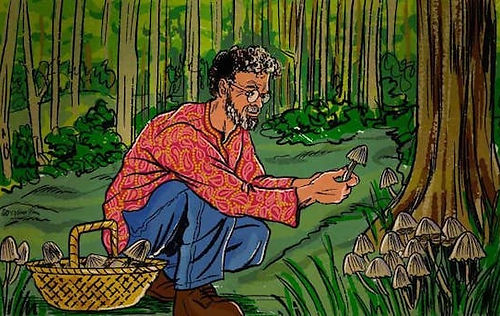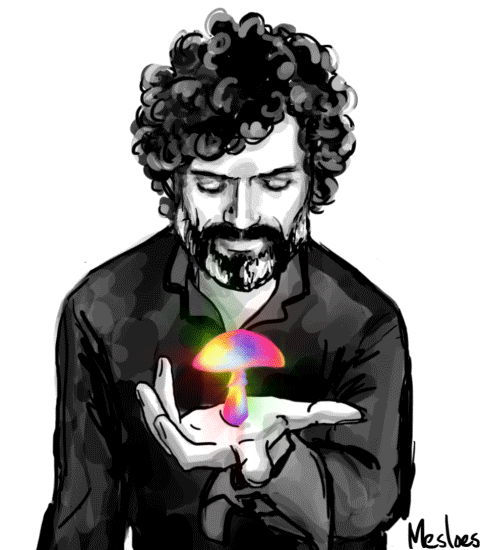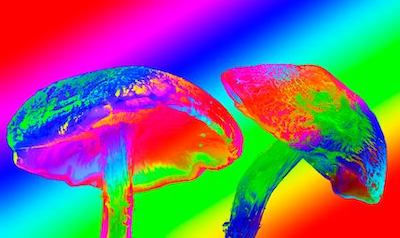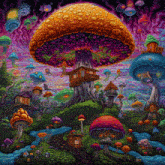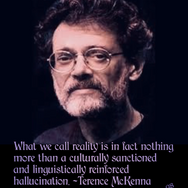



Spiraling back—way, way, back—to the "Archaic Revival"



Terence McKenna, author of The Archaic Revival
“The Archaic Revival is a clarion call to recover our birthright, however uncomfortable that may make us. It is a call to realize that life lived in the absence of the psychedelic experience upon which primordial shamanism is based is life trivialized, life denied, life enslaved to the ego and its fear of dissolution in the mysterious matrix of feeling that is all around us. It is in the Archaic Revival that our transcendence of the historical dilemma actually lies.”
~ Terence McKenna, Food of the Gods: The Search for the Original Tree of Knowledge

Archaic Revival painting

Thematic Images for the Archaic Mother Goddess & the Archaic Horned Gods
.jpg)
Femme à la Corne (Laussel, Dordogne 27000-22000 BCE)

Venus of Willendorf (Austria 24000-22000 BCE)

The Archaic (and Neolithic) "Goddess Cultures" figure
prominently in McKenna's ideas about the "Archaic Revival."

Paleolithic "Sorcerer of Trois Frères"
(Lascaux cave, France)
.jpg)
horned god Pasupati (Indus Valley)
.jpg)
horned god Cernunnos
(Pilier des nautes, France)
.jpg)
.jpg)
.jpg)
Celtic horned god Gold Phalera
Antlered god Cernnunos (Celtic Gundestrup Cauldron)
"The Horned One" (Denmark)
Thematic Images for Archaic Petroglyphs (Cave or Rock Art)

The subject of many of these prehistoric rock art compositions is somewhat very advanced, and strongly expresses a kind of mythology present at the time (about 12,000 BC). Strange creatures with no heads, others with round heads and wearing alien-like masks, some with one eye, an antelope with an elephant's body, and tall and skinny figures, involved in some kind of offerings and rituals.

.jpg)
The Sorcerer (Les Trois Freres,
Lascaux cave ca. 13,000 BCE)
.jpg)
Horned Goddess (Saharan ca. 4000-1570 BCE)

Thematic Images for Archaic Rituals



Thematic Images for Archaic (Psychedelic) Rebirth










































Thematic Images for Archaic Revival Goddesses


















Pachamama


Pachamama te ama

Pachamama de mamani-mamani
Thematic Image Representations for Archaic Revival
Thematic Artwork for Archaic Revival

















































.jpg)
Amazon Vision
Archaic Revival Dream



Thematic Artwork for Archaic Revival's Psychedelic Vision



























.jpg)







.jpg)





shaman and DMT entities


DMT machine elves


DMT shaman
DMT Vision

Thematic Images for Archaic Revival's Psychedelic Shamanism



%2026.jpg)











Shamaness

The Shaman




















Thematic Artwork for Ayahuasca Shamanism

Ayahuasca Shamanism

The Shamanic Journey













.jpg)























Thematic Artwork for Ayahuasca Ceremony


Thematic Artwork for Ayahuasqueros & Ayahuasqueras

Ayahuasquero

Ayahuasquera

Ayahuasquero

Ayahuasquera


Ayahuasquero

Ayahuasquera

Curandero (traditional healer or shaman)

Curandero

Curandero
.jpg)
Curandera - Ayahuasca Healer


Curandera
La Curandera

Curandera in healing trance
.jpg)
Medicine Woman (Curandera)


Rapé (pronounced ha-pae) is one of the tribal cornerstones of communal health. It must be prepared by a shaman or elder, then administered using a two-way pipe.

Thematic Images for AyahuascaVisionary Artwork


































































Thematic Artwork for Ayahuasca









Era Sonora

Ayahuasca At The Gates

.jpg)

"Espiritu"


"The Purge"





"Vine of Spirits" (Ayahuasca)

"DMT" (Ayahuasca)

Ayahuasqca vine snake

"Ayahuasqca Daemon"
Thematic Artwork for Ayahuasca Music















Thematic Artwork for Psychedelic Alien Visions








.jpg)
Thematic Images for Native American & Mesoamerican Archaic Revival











.jpg)
Quetzalcoatyl (Aztec god)
%201.jpg)
Xochiquetzal (Aztec goddess)

Thematic Primitive & Primitivist Artwork for Archaic Revival






Folk Ethnic Dance

Indigenous American Culture


Hikuri Shaman Huichol mescaline artwork

Huichol Psycho Natural Trip



Creation
Ancient Rituals

.jpg)

Three Ayahuasca Visions

Thematic Images for Archaic Revival's Psychedelic Mushrooms



Great Horned Mushroom Goddess

soma mushroom goddess

magic mushroom priestess

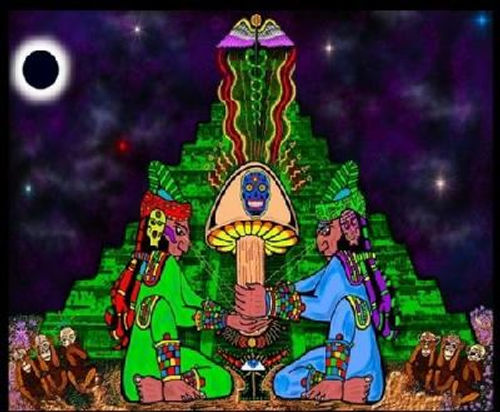
Mayan magic mushroom ritual
Aztec god Pilzintecuhtil offering magic mushrooms

magic mushroom shamans


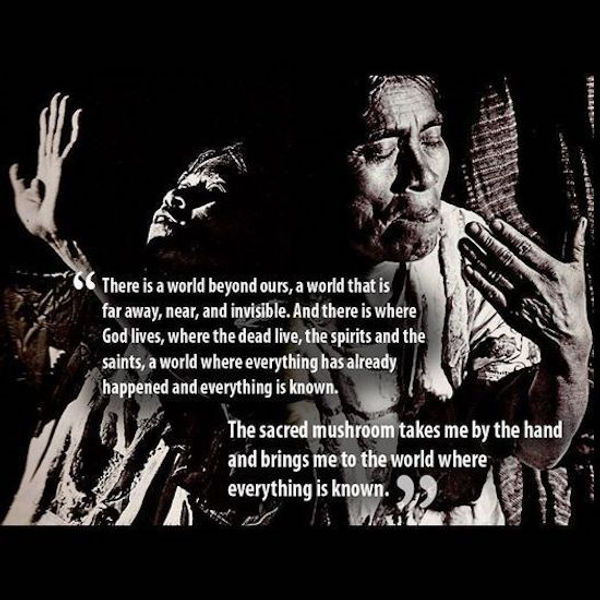
Thematic Images for Archaic Sacred Mushrooms

Thematic Artwork for Archaic Sacred Mushrooms





Contemporary Thematic Images for Psychedelic Mushrooms




Terence McKenna







.jpg)


%202.jpg)
































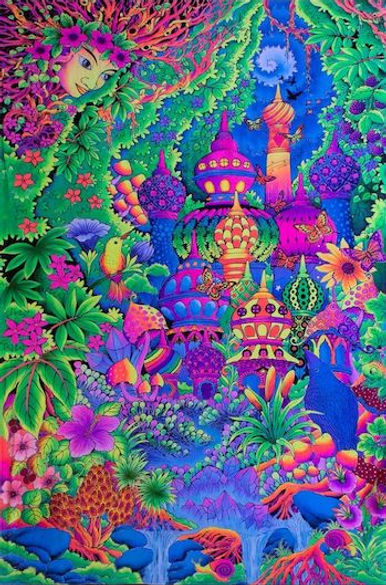




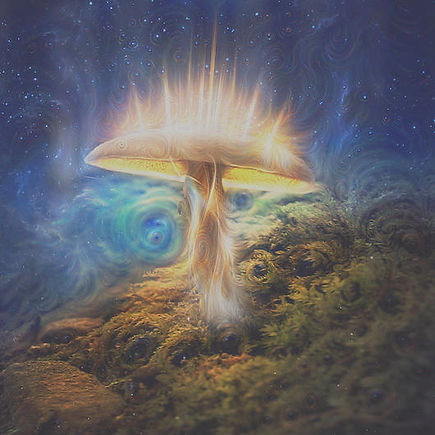




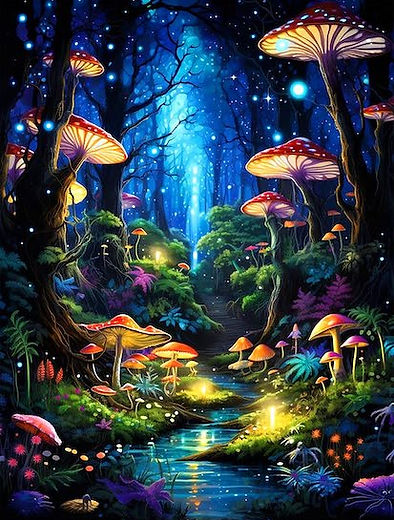









Thematic Images for Terence McKenna's Archaic Revival
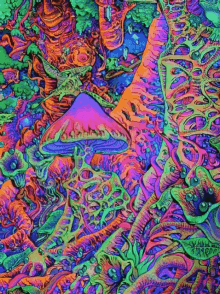
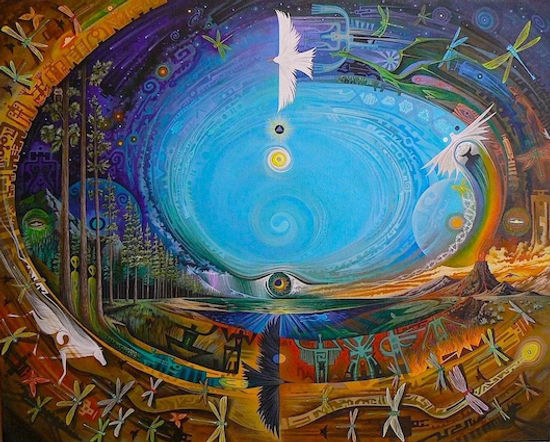

Archaic Revival Spiral



The roots of what Terence McKenna envisioned as the “Archaic Revival” (1992) are most probably in the modernist artistic and literary movements known as Primitivism.
Primitivism is an interconnected art style and philosophical doctrine that believes primitive humans and their unsophisticated behaviors were more noble and innocent than modern, civilized people. It began in the late 1800s and some experts consider Primitivism a “found sensibility and cultural attitude” more than an art style unto itself. Primitivist ideals can be combined with other art styles. Primitivism as an art style comes from a mix of artwork from ancient cultures and the native art styles found in contemporary tribal societies (although mostly from a Western lens). The style can be found in the traditional arts, in music, in philosophical ideals, and in literature. Many of the dominant voices in the Primitivist art style were European artists who wanted to make their idealized version of what they considered “uncivilized art.” These perceived “uncivilized” cultures were romanticized by Western artists and seen as more pure and/or noble. The artistic movements of Fauvism and Cubism are thought to have arisen as a direct result of Primitivism. Paul Gauguin was one of the most influential names in the Primitivist movement. Pablo Picasso is likely the largest name connected to the Primitivist art style. Picasso is identified as the first practitioner of Primitivism, which directly led to the style he would be most known for: Cubism. Henri Matisse led the development of Fauvism from a foundation of Primitivism. African art styles played a major influence in this period of Matisse’s work.
In the arts of the Western World, Primitivism is a mode of aesthetic idealization that means to recreate the experience of the primitive time, place, and person, either by emulation or by recreation. In European art, the aesthetics of Primitivism included techniques, motifs, and styles copied from the arts of Asian, African, and Australasian peoples perceived as primitive in relation to the urban civilization of western Europe. Moreover, the term Primitivism also identifies the techniques, motifs, and styles of painting that predominated representational painting before the emergence of the Avant-garde; and also identifies the styles of Naïve art and of folk art produced by amateur artists, such as Henri Rousseau, who painted for personal pleasure. The paintings of Paul Gauguin and of Pablo Picasso, and the music of Igor Stravinsky usually are cited as notable examples of Primitivism in art.
Historians most often use the term “Primitivism” to refer to the attempt to reconstruct a religious tradition’s original theology, structure, or beliefs. Primitivists believe that the earliest expressions of the faith are the most efficacious, powerful, and valid, and hence they attempt to recapture them in as complete a form as it is possible for them to imagine. Thus, they frequently dissent from established religious traditions, believing that those constructed under the primitive impulse achieve superior purity. In Western philosophy, Primitivism proposes that the people of a primitive society possess a Morality and an ethics that are superior to the urban value system of civilized people; thus, in art and in philosophy, Primitivism is nostalgia for a non-existent golden age in the Garden of Eden.
Primitivism, which has taken many forms over the centuries (among its two basic styles: artistic and cultural), may be seen, beginning around the late nineteenth century, as the beginnings of a cultural critique aimed at “modernity,” which sought to overturn the value-laden hierarchy of civilized and modern over savage and primitive, a preliminary stage to the eventual breakdown of the distinction itself.
Some dissenting Americans of that time advocated “Primitivism,” which they understood as “uncorrupted,” because they believed it had the potential to “energize and renew” American civilization. They believed deeply that white American civilization was bankrupt and that renewal would come from “primitive people,” they had the childlike energies and insights that would reinvigorate white American society. Thus, for example, during the Harlem Renaissance, the African-American writers Zora Neal Hurston and Langston Hughes were intent upon anthropologically discovering the “primitive,” in black culture through stories and songs. In this sense “Primitivism” was a search for spiritual illumination through the art of primitive peoples. (Yet, it should be pointed out that for all this noble and well-intentioned search “Primitivism” was not without its pitfalls, and thus this endeavor was been controversial in African-American history.)
The Gypsy Scholar sees the concept of the “Archaic Revival” as hearkening back to the Romantic period (18th & 19th centuries), with what has been termed “The Romantic Quest for Origins.” For the Romantic poets, writers, and artists, this was basically a quest to recover the ancient past (whether through lost poetic texts, forgotten traditions, or ancient ruins).

.jpg)
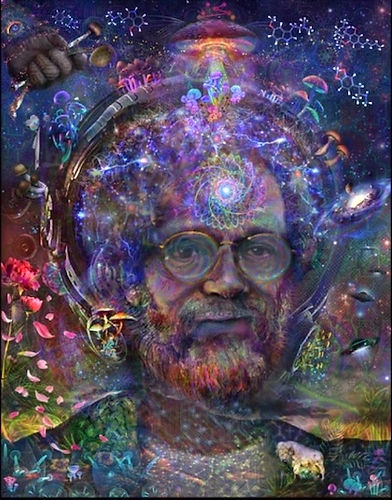





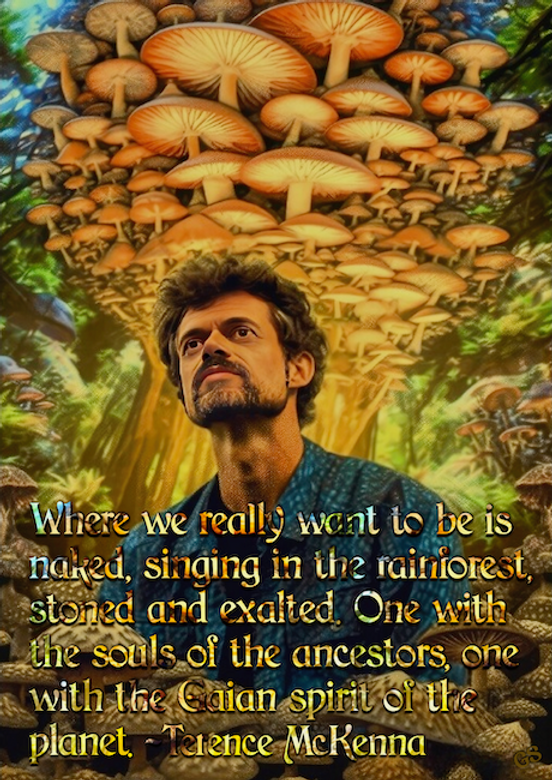



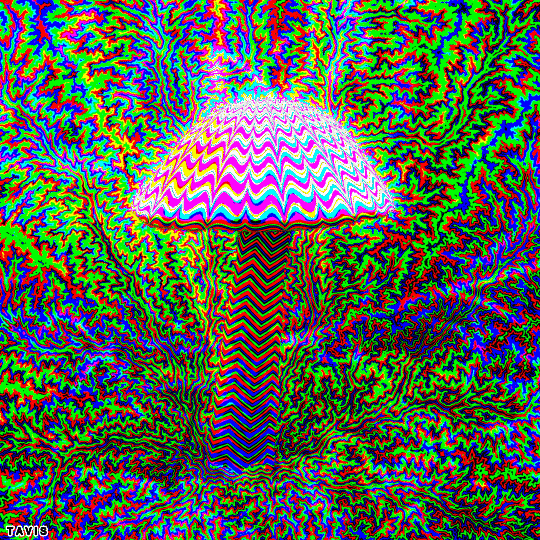
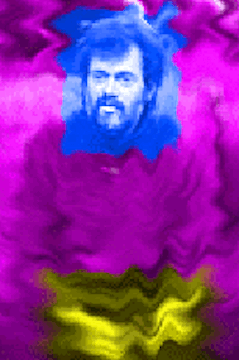

This “Archaic Revival” webpage is dedicated to the memory of psychedelic philosopher and visionary Terence McKenna (November 16, 1946 – April 3, 2000)
Thanks to the “nervous, rocky West,” Emerson prophesied, “we shall yet have an American genius.”
Ralph Waldo Emerson had a poetic vision of America and of the “Poet as Sayer”: “We love the poet,” exclaimed Emerson, “he unlocks our chains and admits us to a new scene.” The poets are “the liberating gods,” and they are sure to come to sing of the new nation, for “America is a poem . . . and it will not wait long for metres.” (Emerson's ideal of the true poet/prophet is not elitist but, like Blake's, thoroughly democratic: “All men are poets at heart.”)
My point here is that Emerson seems to be prophesying Terence McKenna—this “American genius”—; that is, he sounds like he is speaking about our experience of the Colorado-born psychedelic visionary (of Irish-Sicilian ancestry): “The poet has a new thought; he has a whole new experience to unfold; he will tell us how it was with him, and all men will be richer in his fortune. . . .” The poet is the sayer of “truth-speaking things.”
Although Terence is no longer alive, consider the following belief he expressed:
“I want to believe that the dead are not lost to us. That they speak to us—as part of something greater than us, greater than any alien force. And, if you and I are powerless now, I want to believe if we listen to what's speaking it can give us the power to save ourselves.”
I feel that those of us who saw and loved who he was and what he stood for—his courage of thought, visionary imagination, nobility of soul, poetic eloquence, and witty sense of humor—are so much “richer” and deeper in our imaginations and in our souls thanks to Terence. I doubt we shall ever see another like him again in our time. I like to muse that Terence still can be experienced through this cyberspace medium, since he maintained that the internet was a virtual place where we could share our dreams and visions—as he was fond of admonishing concerning the world-wide web: “You can see what I mean!”


